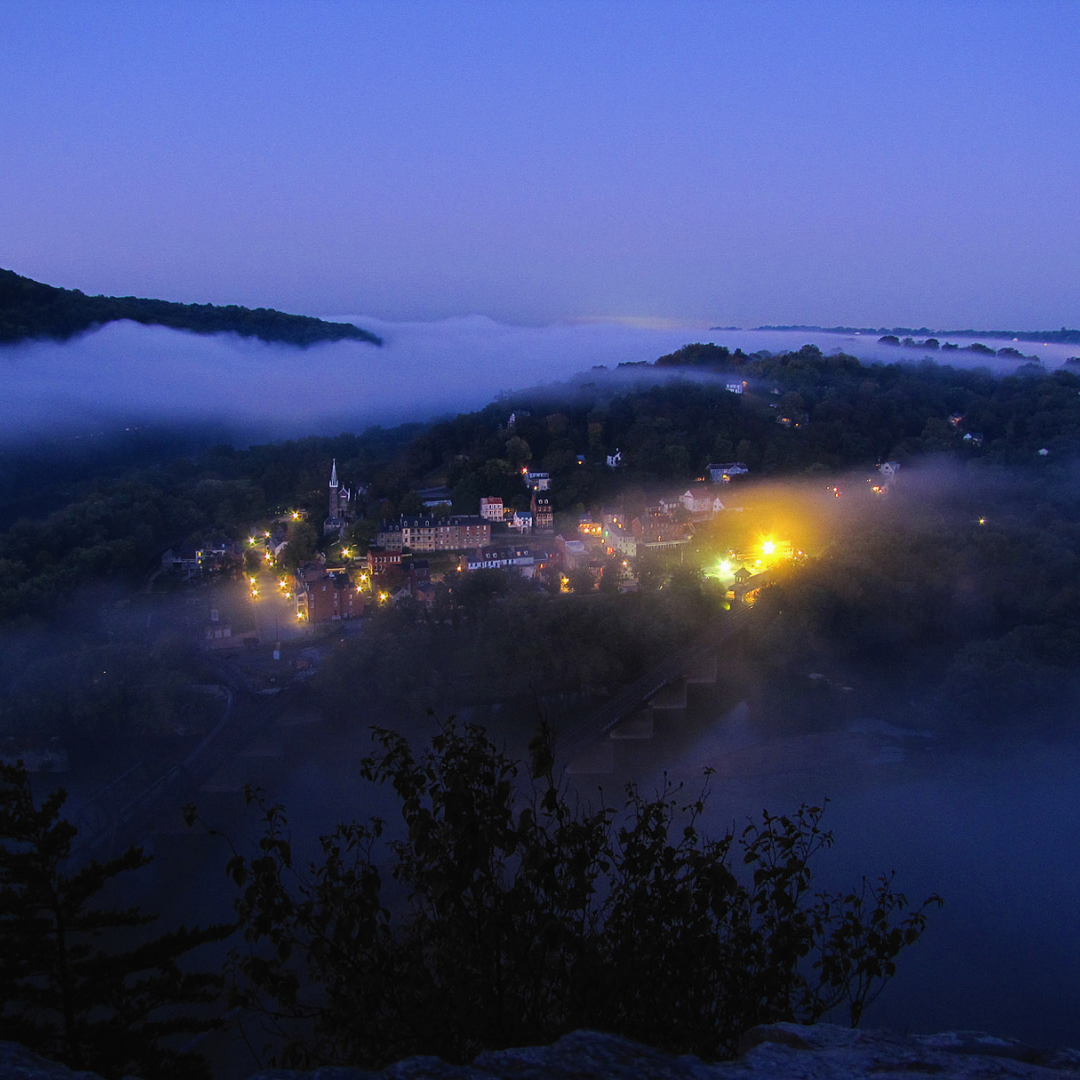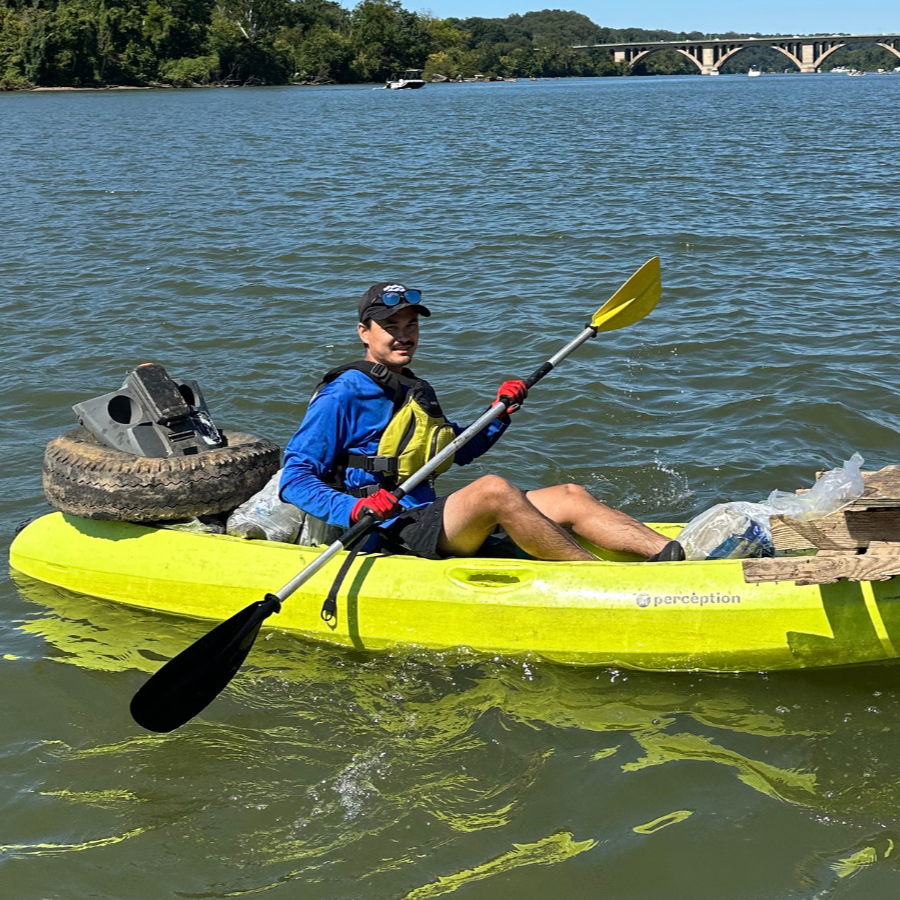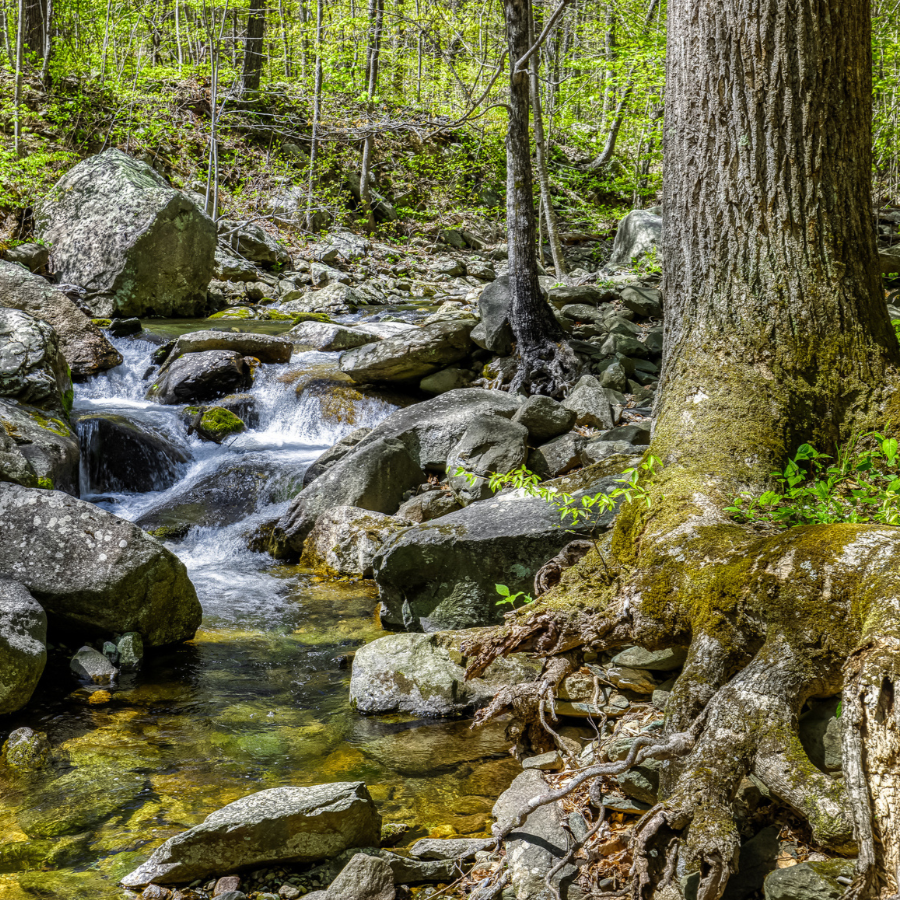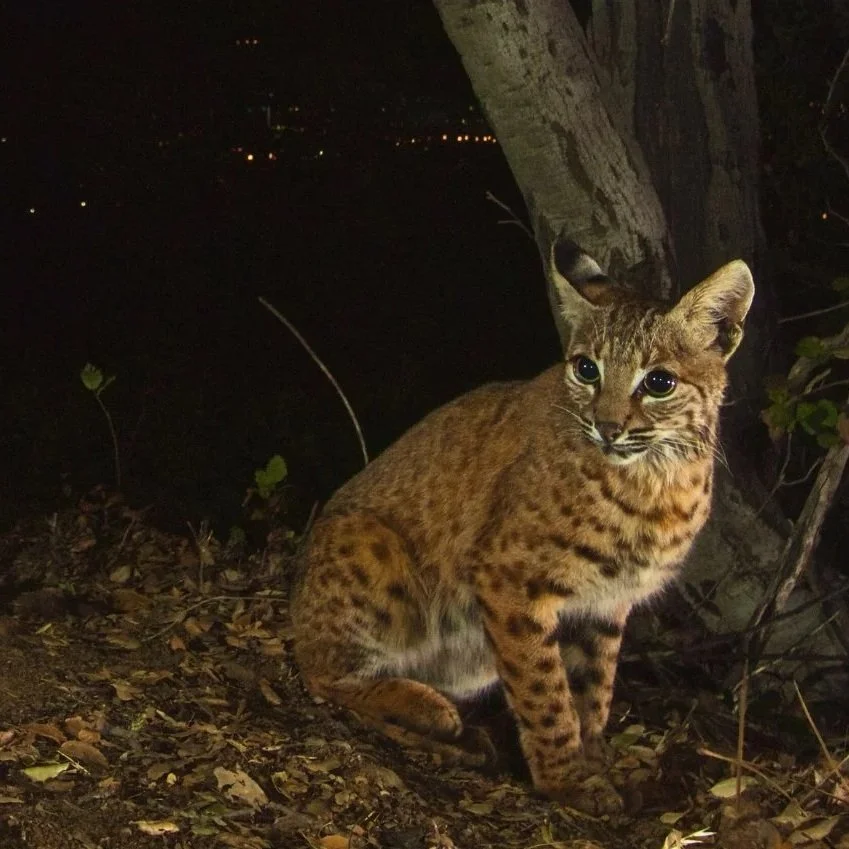Facing our fears: How we can make the outdoors safe, not scary
/5 tangible solutions to common concerns about Potomac River recreation
Ok, let’s get one thing out of the way.
You are NOT any less of an adventurous, caring, Potomac River-loving environmentalist just because you have fears, worries, or anxieties about going into the outdoors.
Social media, the traditional culture of the environmental movement, and larger systemic issues can make many of us feel like we don’t fit into the stereotype of “an outdoorsy person” — especially if we have concerns that prevent us from bravely venturing into the wilderness.
But fear (whether it’s of snakes, navigating a new trail, being judged, or getting hurt) is normal and often rational in a society that hasn’t made the outdoors safe and accessible for everyone.
So how do we can we face our fears and get into nature? The answer may lie in these 5 systemic solutions…
Fear #1. Navigating and driving to new places.
Confession time: the author of this blog is not scared of planes, sharks, or bungee jumping, but she is quite afraid of highway driving. Unfortunately, this makes trips to many of our regional parks and natural treasures frightful.
While many outdoor adventures are available within our local urban and suburban areas, most of the Potomac River region’s green space lies outside the reach of public transportation. And this isn’t just a problem for folks afraid of cars.
What if you can’t drive or can’t afford a car? What if you’re terrified of fossil fuel’s impact on our planet? What if you worry about being having to stop for gas in a place where people may judge you based on your skin color, gender, or appearance? What if you struggle with anxiety and are overwhelmed by the many steps necessary to find a remote trailhead?
💡Solution: Increase public transportation to National and State Parks and subsidize or provide free transportation options for low-income people.
Everyone should have access to our recreation resources and not feel excluded based on their access to transportation. According to the Rethink Outside project, this could manifest as “Transit agencies offering discounted fares; car-rental companies offering special weekend or summer discounts; and parks seeking corporate underwriters to help subsidize free or discounted ride-shares or charter buses, among other possibilities.” In addition to more funding for public transportation, of course.
Imagine union station as a portal to national parks! Image courtesy of caleb fisher/Unsplash
Fear #2. Feeling like you don’t belong.
Feeling like an “outsider” is isolating and frightening and often enough to keep you inside. So who can like an outsider in the outdoors?
People that aren’t white. People not wearing Patagonia or North Face. People with disabilities. People who don’t identify as environmentalists. People who can’t identify specific birds or trees or flowers. People who can’t read English language signs. People who don’t see themselves represented when we talk about “the outdoors”.
💡Solution(s):
Expand the definition of the outdoors. Nature isn’t limited to large national parks. If we accept that urban parks and streams are a valuable part of nature too, we can advocate for creating more and investing in them. Many people will feel safer in green spaces closer to home.
Diversify images and marketing campaigns. Representation matters! Parks, federal and state agencies, outdoor retailers, and non-profits (including this one) can all do a better job of hiring and showing a diverse set of people recreating outdoors.
Reimagine parks as places that support and excite lots of different people. Being overly precious about the way we use our public land can make people feel like it’s not for them. Offering a more diverse set of programming including concerts, games, and celebrations from different cultures can make the outdoors feel like a cool and welcoming place where everyone is free to learn and explore.
A water lily blooms in Malcolm x park in Washington, DC. Image courtesy of mike maguire/Flickr.
Fear #3. Financial panic.
If we had a nickel for every time we heard the expression “Outside is free”…we’d chuck a handful of nickels at the next person to say it (Just kidding? 😬).
Getting outside to have fun is NOT FREE. Gear, childcare, transportation, park admission fees, lodging…the bill keeps adding up.
What’s worse, our country’s outdoor recreation areas tend to more expensive for those who have been historically excluded from them. If you have mobility issues you might have to pay for extra gear or hire help. If you live in a black or brown neighborhood that is further from green spaces due to redlining, your transportation costs will be higher. If you make an hourly wage, you could lose income.
Luckily, there are many policies that could make outdoor access more affordable. Here’s just one:
💡Solution: Create more affordable housing near green spaces. The Rethink Outside Project suggests that park leaders should hold architectural competitions to solicit innovative and attractive housing solution ideas from emerging designers. For example, a contest at Cal Poly Pomona produced the winning idea of The Wedge: a chalet-style 160-square-foot space made of recycled materials with floor-to-ceiling windows. The cabins, initially priced at about $75 a night, were adopted by state and regional parks in California.
“The Wedge” cabin is being installed at multiple national parks as an affordable lodging solution for visitors. Image courtesy of Cal Poly Pomona.
Fear #4. Law enforcement.
Reminder: Many favorite local parks, like Shenandoah, were racially segregated just 50 years ago. Naturally, many non-white people still feel unwanted and unwelcome in these places.
Women, members of the 2SLGBTQ+ community, and people with disabilities can also feel very unsafe in wilderness or rural areas. Park rangers, who should be there to protect visitors from harassment and prejudice, often add to anxieties. Officers dressed in militaristic uniforms and carrying firearms aren’t a comforting sight for people who have faced police violence and discrimination.
💡Solution: Update the role of park rangers. Creating new, more colorful, and cooler uniforms for park staff is just one way to make all visitors feel more relaxed. Staff and volunteers should also be trained on ways to be flexible with rules and to make visitors more comfortable. Rethink outside explains, “Hard limits on campsite visitors, for example, are off-putting to LGBTQ campers and hikers, who feel more secure in larger groups…Some women are afraid to go deep into the woods on their own. If women could bring dogs with them, it would allow them to feel safer. By canvassing their constituencies, parks can uncover similar small tweaks that can make a big difference.”
Fear #5. COVID-19.
Yep, it’s still a thing. And it’s still impacting the way we use and socialize around the Potomac River’s lands and waters.
Since we’re not public health experts, we won’t tell you what the best policy solution is for tackling the coronavirus pandemic. But, in addition to recreating responsibly, there’s one major thing you can do to help those who fear for their health in our region…




















